Have you your own wishlist? Create an account or Login to save your favorite products
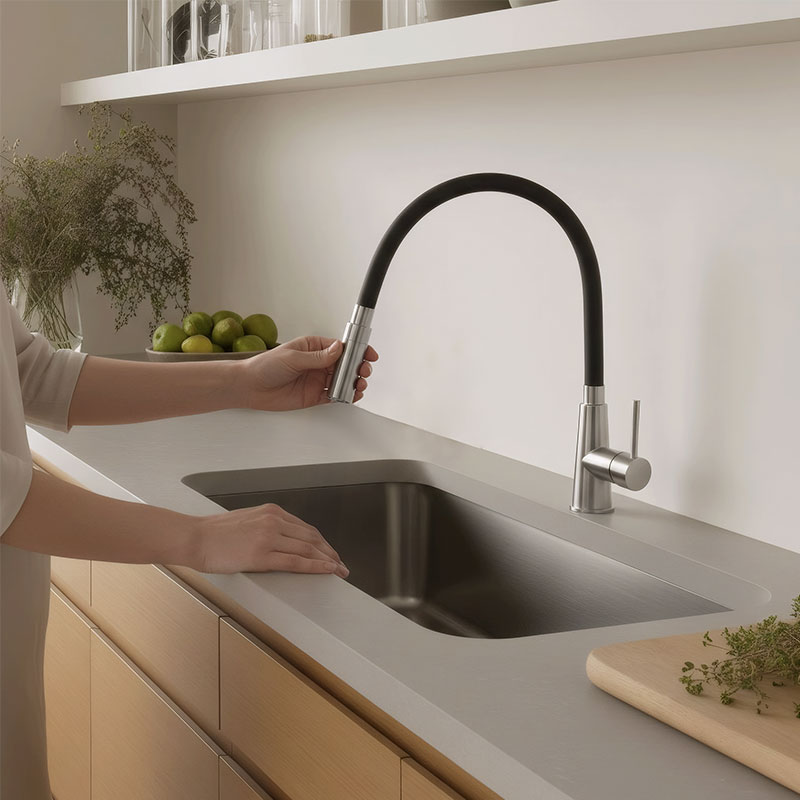
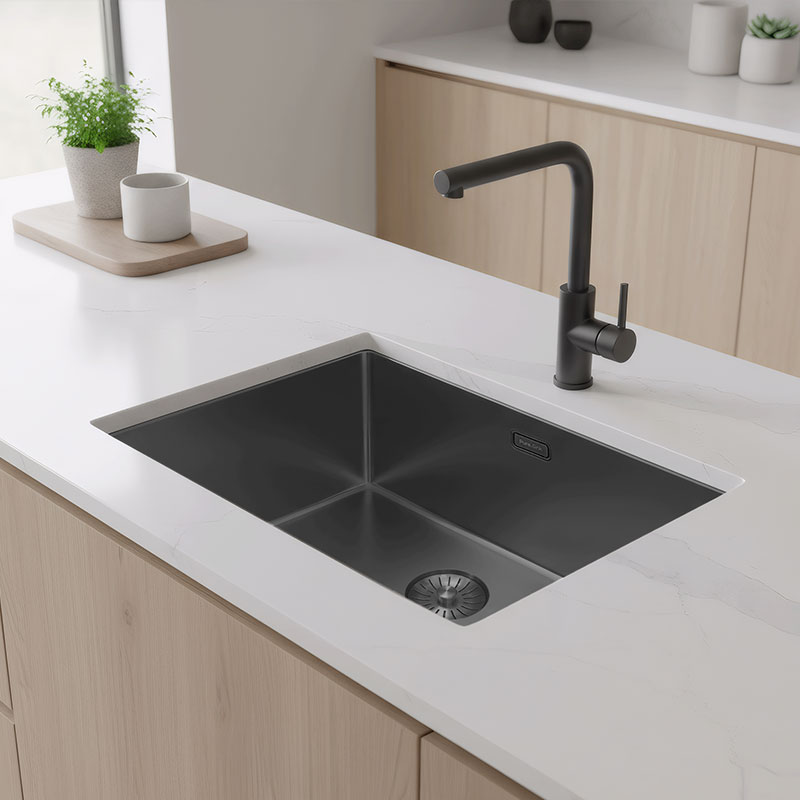
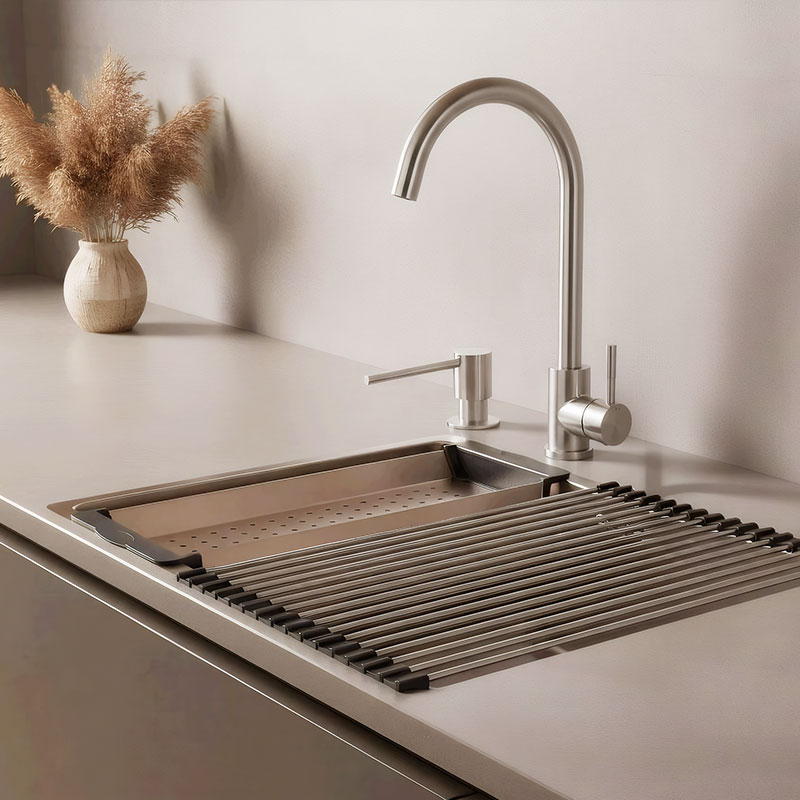
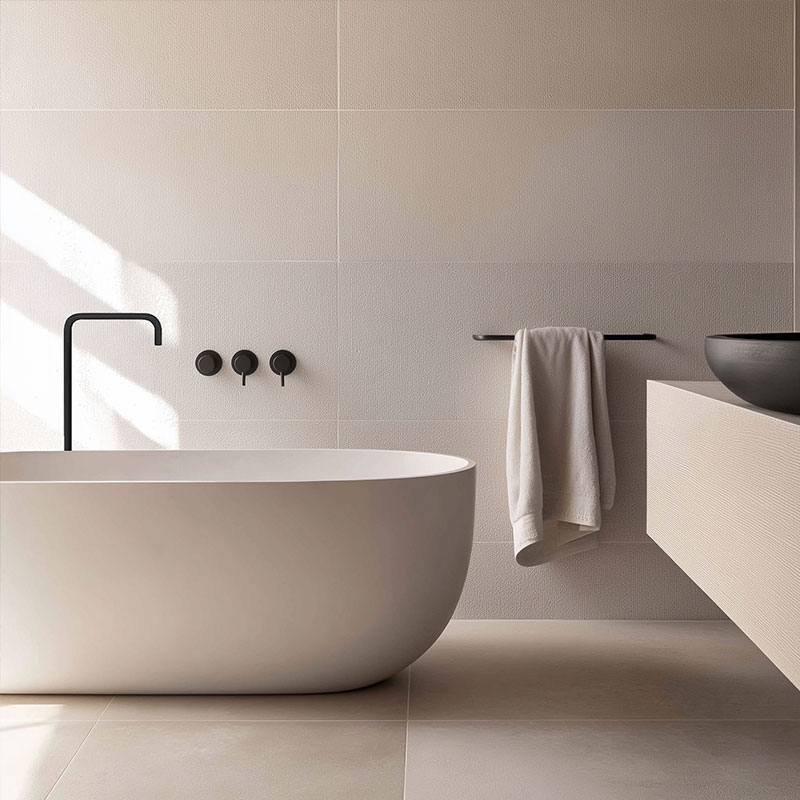
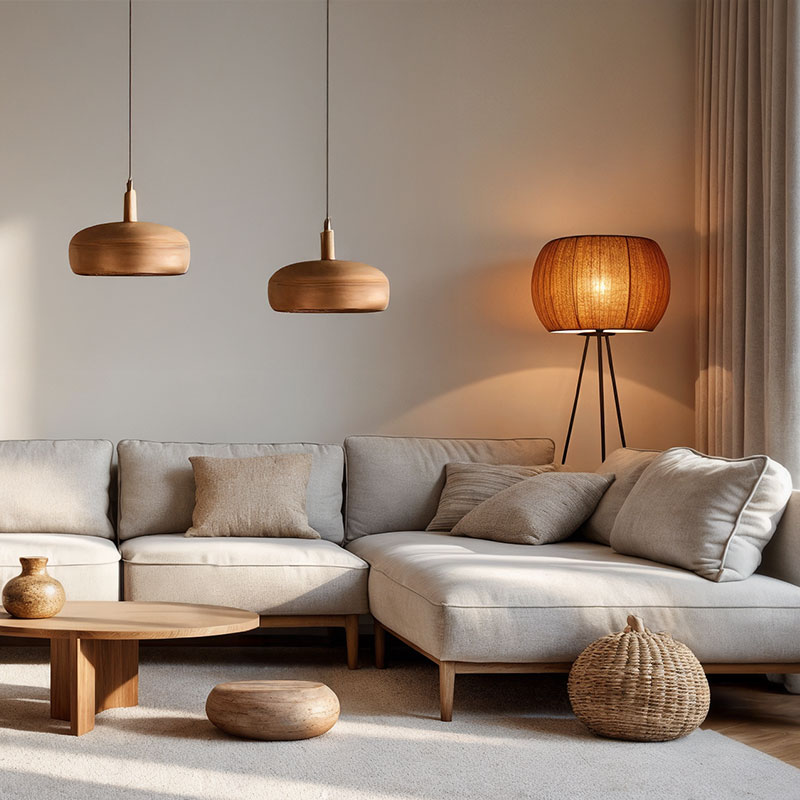










Choosing the right amount of light in a space is essential for comfort, functionality, and atmosphere at home. But not everyone wants to calculate lumens, watts, and square meters. The good news is: you don’t have to. You can figure it out in a practical, intuitive way — no math needed. In this article, we’ll show you how.
Too little lighting can lead to eye strain, poor concentration, and dim, uninviting rooms. Too much light can feel harsh, cold, and overstimulating. The sweet spot is when your lighting matches the function of the room and your daily habits.
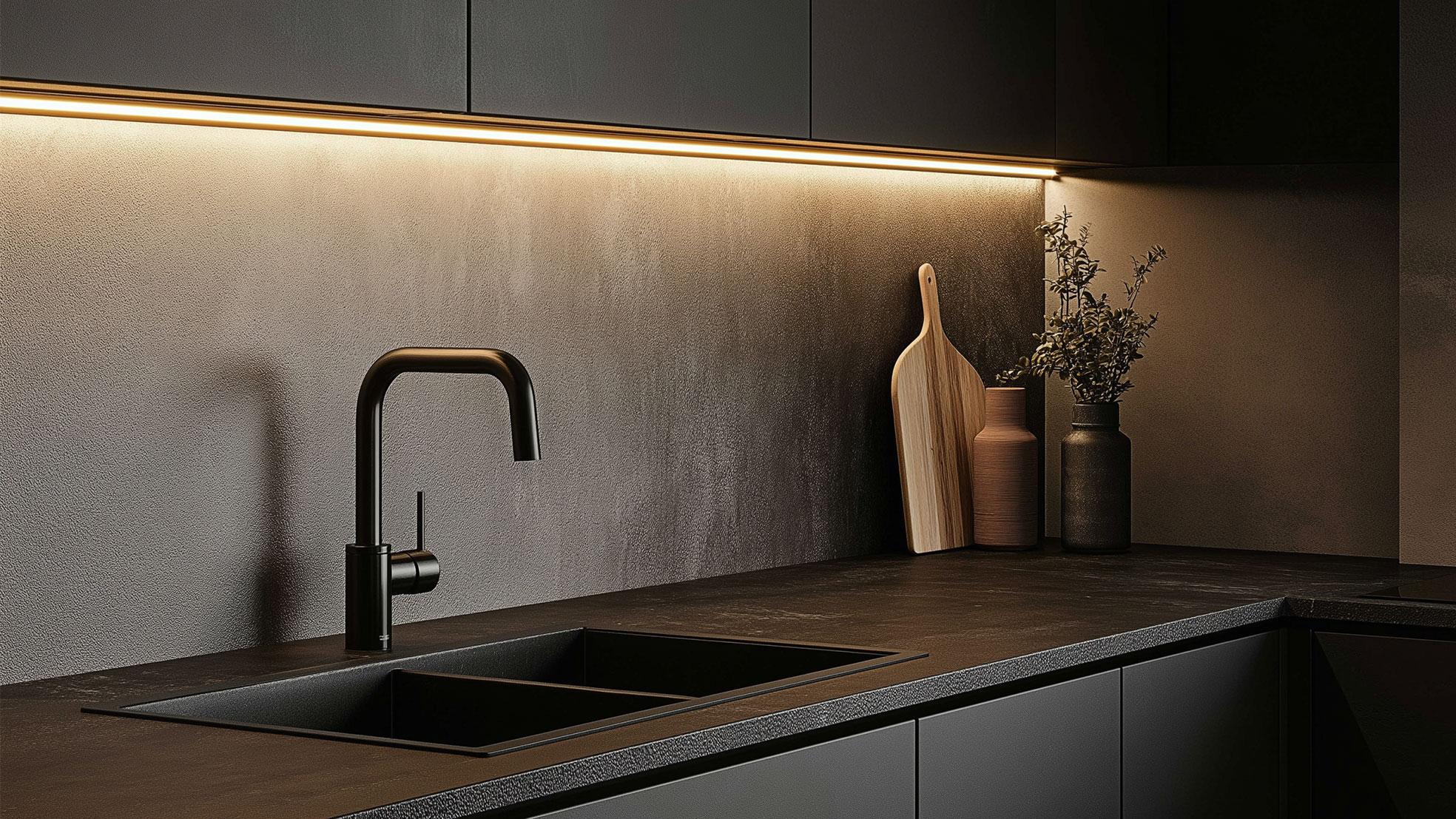
Before adding artificial lighting, pay attention to how much natural daylight the room gets and when.
North-facing or small-window rooms usually need more artificial light.
South-facing, bright rooms may need only soft evening lighting.
The function of a space guides how much and what type of light you need:
Bedroom: Soft, warm lighting that helps you relax.
Kitchen: Bright, even lighting for cooking tasks.
Living Room: A mix of ambient and accent lighting for flexibility.
Bathroom: Bright lighting around the mirror, softer light for the rest.
Home Office: Bright, cool-toned lighting to boost focus.
Hallways or Entryways: Moderate lighting for visibility and safety.
Good lighting doesn’t mean just one strong bulb in the center. Ask yourself:
Are there multiple light sources?
Are the corners of the room well-lit?
Is the lighting spread evenly?
If not, consider adding a floor lamp, wall sconce, or desk light.
At night, turn on your lights and walk through the space. Ask yourself:
Can I see comfortably everywhere?
Do I feel like I’m straining my eyes?
Are there dark or shadowy spots?
If the room feels gloomy or harsh, your lighting setup may need some tweaking.
Use dimmable bulbs or smart lighting to adjust brightness based on time of day or mood.
Light-colored walls and mirrors reflect more light — perfect for small or dark spaces.
Avoid glare by placing lights thoughtfully — aim for glow, not direct beams into your eyes.
You don’t need to be a lighting expert to get it right. Just pay attention to your space, your needs, and how it feels — not just how it looks. Layer different types of light, test what works, and adjust as you go.
Good lighting doesn’t just help you see better — it helps you live better.


















